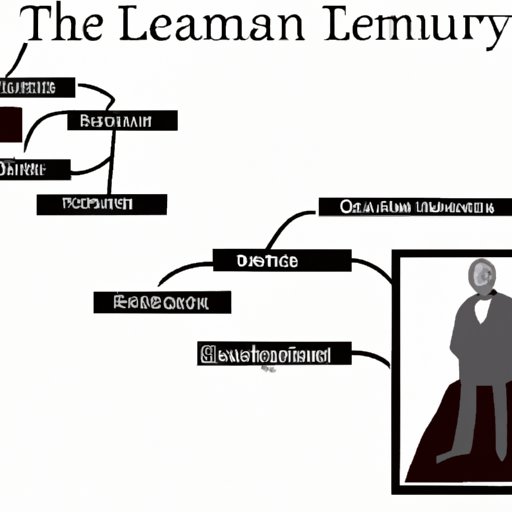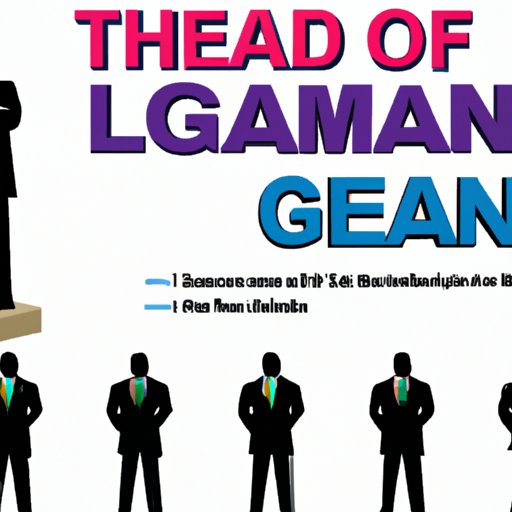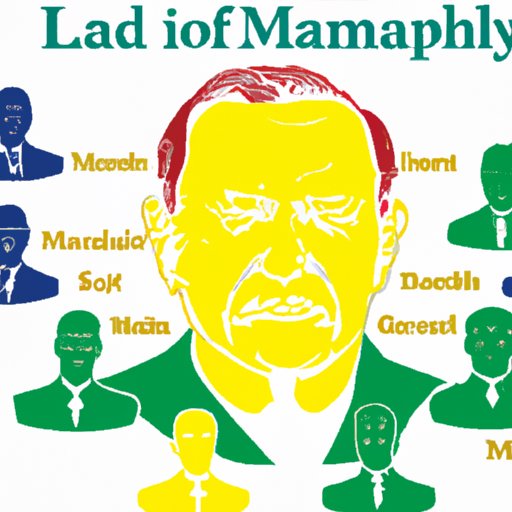Introduction
The Great Man Theory of Leadership is a 19th century concept that suggests that great leaders are born, not made. This theory holds that certain people possess unique characteristics or traits that make them ideal leaders, and that these individuals can be identified and trained to become successful leaders. The Great Man Theory is still influential today, with many organizations looking for and promoting those who they believe have the potential to become great leaders.
Examining the Pros and Cons of the Great Man Theory of Leadership
The Great Man Theory of Leadership has both advantages and disadvantages. On the positive side, it allows organizations to identify and develop individuals with strong leadership capabilities. Additionally, it encourages the development of individual initiative, as the emphasis is placed on identifying and training those who have the potential to lead rather than relying on collective efforts.
On the other hand, there are some drawbacks to the Great Man Theory of Leadership. For example, it ignores the importance of team dynamics and collaboration, which are essential elements of effective leadership. Additionally, it may create an environment where only a few select individuals are given the opportunity to develop their leadership skills, while the rest of the team remains in the background. Furthermore, it can lead to a top-down management style, where decisions are made solely by the leader without considering input from the team.

Historical Examples of the Great Man Theory of Leadership
Throughout history, there have been many examples of individuals who exemplify the Great Man Theory of Leadership. Alexander the Great is perhaps the most famous example, as he was renowned for his military prowess and ability to inspire his troops. Julius Caesar is another example, as he was an incredibly ambitious leader who sought to expand the Roman Empire. Charlemagne is another example, as he was a great warrior king who unified much of Western Europe during the Middle Ages. Finally, Napoleon Bonaparte is a prime example of the Great Man Theory of Leadership, as he was a brilliant military commander and a powerful ruler.

How to Implement the Great Man Theory of Leadership in Your Organization
If you are looking to implement the Great Man Theory of Leadership in your organization, there are several steps you should take. First, you need to identify the qualities of a great leader. This includes traits such as charisma, intelligence, decisiveness, and strong communication skills. Once these traits have been identified, you should then develop a training program that focuses on developing these qualities in potential leaders. Finally, you should build an effective team around these individuals, so that they can work together to achieve success.

Analyzing the Impact of the Great Man Theory of Leadership on Society
The Great Man Theory of Leadership has had both positive and negative effects on society. On the positive side, it has provided a framework for identifying and developing leaders, which has helped to shape our modern understanding of leadership. Additionally, it has encouraged individuals to strive for greatness and to take initiative, which has helped to drive innovation and progress. On the other hand, the Great Man Theory has been criticized for its focus on individual achievement and its disregard for teamwork and collaboration. It has also been accused of creating an elitist mindset, where only a select few are given the opportunity to lead.
Conclusion
The Great Man Theory of Leadership is an important concept that has shaped our understanding of leadership over the centuries. While it has both advantages and disadvantages, it is still an influential theory that has influenced many of the world’s greatest leaders. To implement the Great Man Theory in your organization, you must first identify the qualities of a great leader, develop a training program to develop these qualities, and build an effective team around them. Additionally, it is important to consider the impact that this theory has had on society, both positively and negatively.
(Note: Is this article not meeting your expectations? Do you have knowledge or insights to share? Unlock new opportunities and expand your reach by joining our authors team. Click Registration to join us and share your expertise with our readers.)
